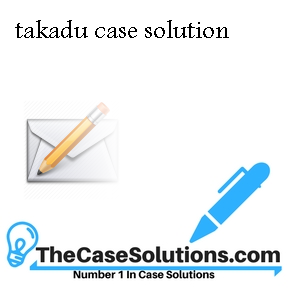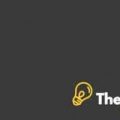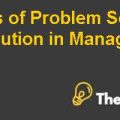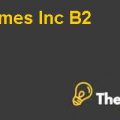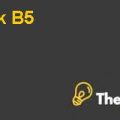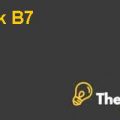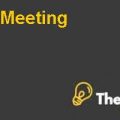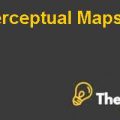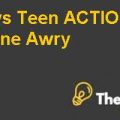SWOT Analysis
Strength
- Pioneer in technology.
- Leaks and burst detection system.
Weaknesses
- Low experience in industry.
- Costly operations.
Opportunity
- Global expansion.
- Best for companies cost saving.
Threats
- Big competitors.
- Low financial figures.
The Customer Value Proposition
An immense value proposition is important for any business to clearly converse to customers that’s why they are better, special, and worth purchasing. Mr. Peleg and his sales squad noticed their distress lied in between from uncertainty of the system’s abilities to a tentativeness to change work processes. For example, the potential customers may often claim that they would have become aware of large leaks on their own easily, or that little differences in data could be fake alarms or small leaks that were not worth fixing. Moreover, not all utility managers thought that leaks might lead to bursts.
However, they have originated that around 20% of leaks do turn out to be bursts, so wasn’t it better to discover the leaks when they were little and then fix them immediately. TakaDu wanted their customers to believe that by spending a cost right now may save their millions later on. They wanted to show that the value in terms of spending a little cost now may save a huge cost afterwards. Furthermore, they were not only producing the actual problem but they were also coming up with real and applicable solutions.
The resources that enable this value proposition
The resources that would enable this value proposition would be a heavy investment in marketing this software. Since, there was huge potential in the market so TakaDu could grab these opportunities by letting them know about their exceptional services regarding the water utility. Since, they were not old in the industry so they needed to market themselves in a positive manner. For this purpose they needed to market themselves by spending a handsome amount. Currently, they cannot spend more and more on R&D because they have limited cash for their operational activities till 2014; which they must spend on attracting new and potential clients. .
The Budget
The query at the moment is how to divide the budget between R&D and our other functions likes sales and marketing for 2013. The accessible options were 70/30, 50/50, or 30/70? They must allocate 70% to marketing and 30% R&D to at least work on grabbing a market share with positive approach.
TaKaDu chose the sell its solution as SaaS (software as a service) rather than as a SAAP (software as a Product). From a pricing perspective, was this a wise decision?
While carrying out early pilots, Peleg and his organization’s team had a consideration about what business form would made the maximum sense, and then finally planned to sell TaKaDu’s solution with the name Software as a Service (SaaS) rather than Software as a Product (SaaP). By selling or advertising as SaaS, TaKaDu maintained a frequent pay as you go in relationship through a monthly overhaul fee and maintain the control of its system completely. Peleg believed that SaaS had many advantages for both the TaKaDu and the client; it was quiet easier to install, and would also cost TaKaDu less to maintain it. It had no other extra expenses for customers; provided customers faster contact to data; and software with no trouble could be upgraded. The company came up with a tiered pricing idea in the mid of 2012, with an inferior price per km as the size of the functions increased. If TaKaDu had introduced the system as SaaP, it would have sold the whole package for a huge, onetime fee with incomplete after sales services; thus it would force customers to make a bigger and costly strategic decision. Peleg understood that utilities were uncertain to pay up front as this was a fresh system and utility managers might have never sent their statistics outside of the company. So introducing the SaaS was a very good decision since customers here did not need to spend more money as compared to SaaP in which there was a huge cost.
Marketing Plan
The Challenge
The basic challenge was that how to position the young firm “TaKaDu” for the next 3 years. Since, TaKaDu had only captured 9 customers out of 250,000 water utilities. There was huge potential in the global market and now they had to closely monitor and design their strategy. Moreover, an Australian company had announced a bit for their project of smart water monitoring system, so TakaDu needed to participate in that bid with best possible rates and options...................................
This is just a sample partial case solution. Please place the order on the website to order your own originally done case solution.

